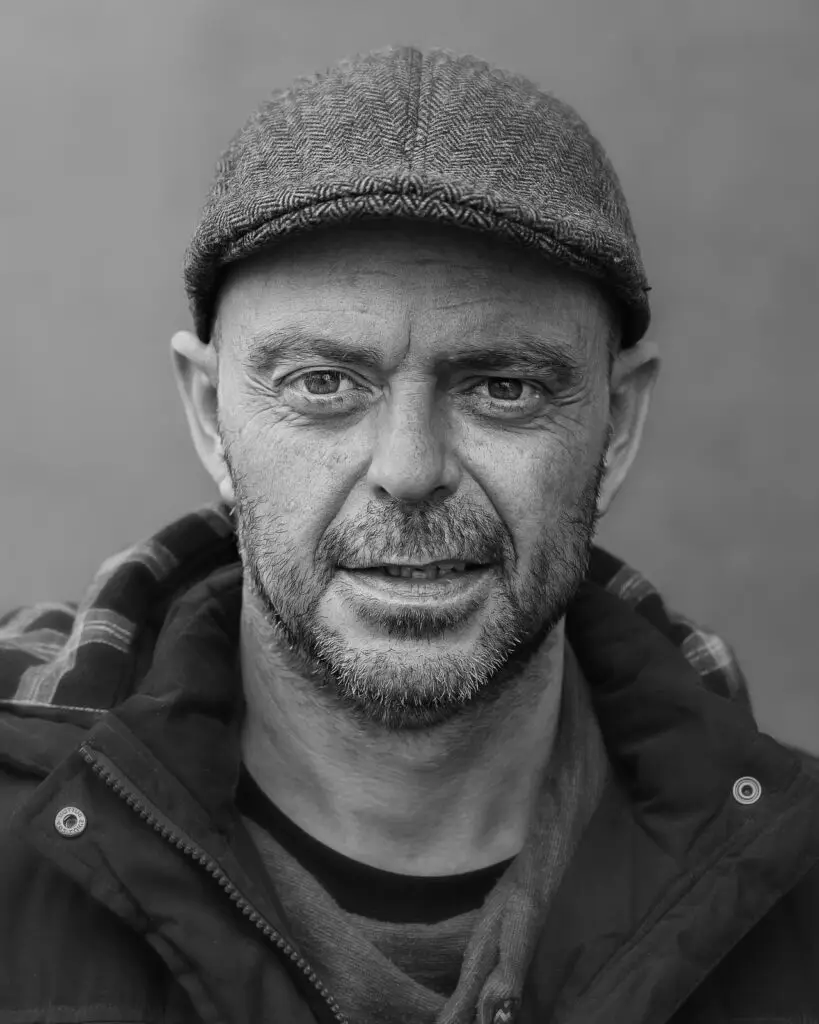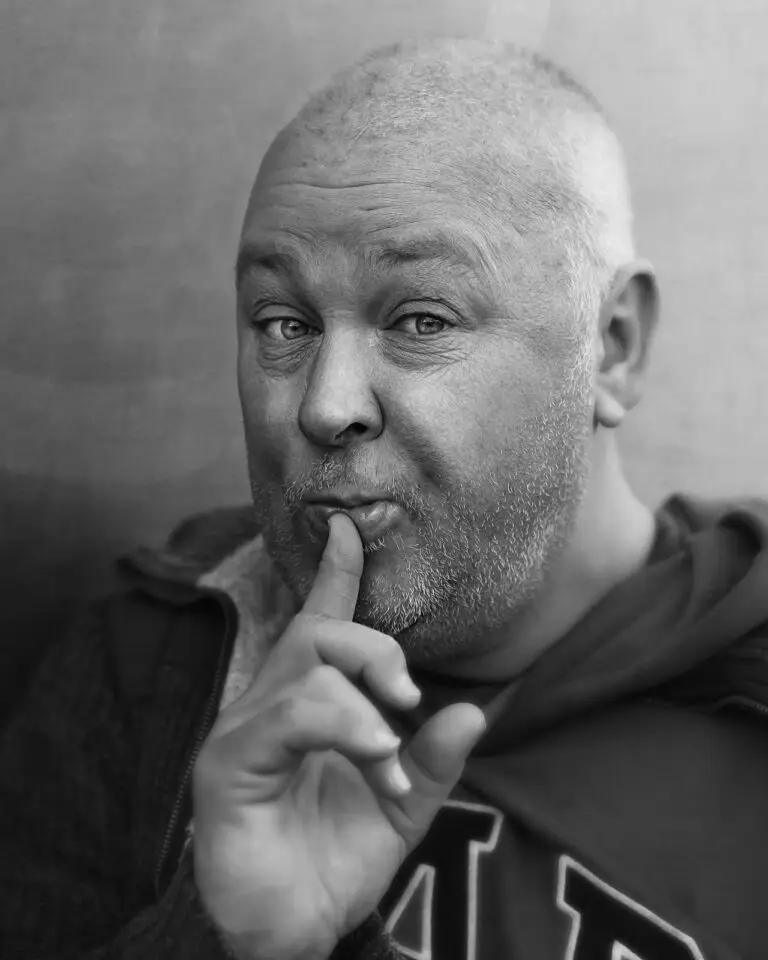The BREAKING THE STEREOTYPE project was more than just a creative endeavour; it was a deeply personal journey that unfolded over five intense weeks. Returning to High Wycombe, where I had once been homeless, was one of the most challenging things I’ve done. The streets I walked, the corners where I once sought shelter—every step was a reminder of a time in my life that I’ve worked hard to move beyond. But as much as I’ve tried to distance myself from those years, they’re an indelible part of who I am.
One of the hardest parts was seeing people I knew from those days, still stuck in the same situation, still struggling to survive. It was like stepping back in time, a reminder of how close I came to never escaping that life. The familiar faces, some of whom hadn’t aged well, were haunting. Seeing them still caught in the grip of homelessness, battling the same demons from a decade ago, hit me harder than I expected. It felt like a punch to the gut, a stark reality check that not everyone gets a second chance like I did.
Each day of the project required me to push through these emotions, to keep my focus on the work. I partnered with the same homeless charity that once helped me find my footing, a place that holds both gratitude and pain for me. The individuals I photographed were there seeking support, much like I had done years before. I had only a few minutes with each person—just 3 to 5 minutes to make a connection, share a bit of my story, and take their photo. These brief encounters were charged with emotion, as I tried to convey through the lens the dignity and complexity of each person’s situation.
I also needed to include people who had never faced homelessness to fully challenge the stereotypes. This part was different but equally intense. On the High Street, I approached random strangers, asking them to be part of the project. I kept these sessions to the same 5-minute limit to maintain consistency, but it was difficult not to let my emotions spill over. Explaining why I was doing this, and why it mattered so much to me, brought up a lot of buried feelings. Each interaction was a mix of hope and fear—hope that these images would open people’s eyes, and fear that my own past might somehow overshadow the message.
This project forced me to confront my past in ways I hadn’t anticipated. The emotional weight of revisiting the streets where I was once homeless, of seeing old acquaintances still struggling, was heavier than I could have imagined. But it also reignited my commitment to this work, reminding me why I started taking photographs in the first place: to give a voice to those who are often overlooked, to challenge the easy narratives, and to reveal the humanity that exists in every one of us, regardless of our circumstances.
Over those five weeks, the project became more than just a series of photographs; it became a mission. Each image is a piece of a larger story, one that challenges the stereotypes of homelessness and sheds light on the hidden realities that so many people live with every day. It was a tough journey, filled with personal pain and reflection, but it was necessary. My hope is that through this project, others will begin to see what I’ve seen—that homelessness is not just about the visible 1% on the streets, but about the countless others who remain unseen, their struggles hidden from view. And maybe, just maybe, it will help to change the way we all see homelessness, and the people behind the label.


